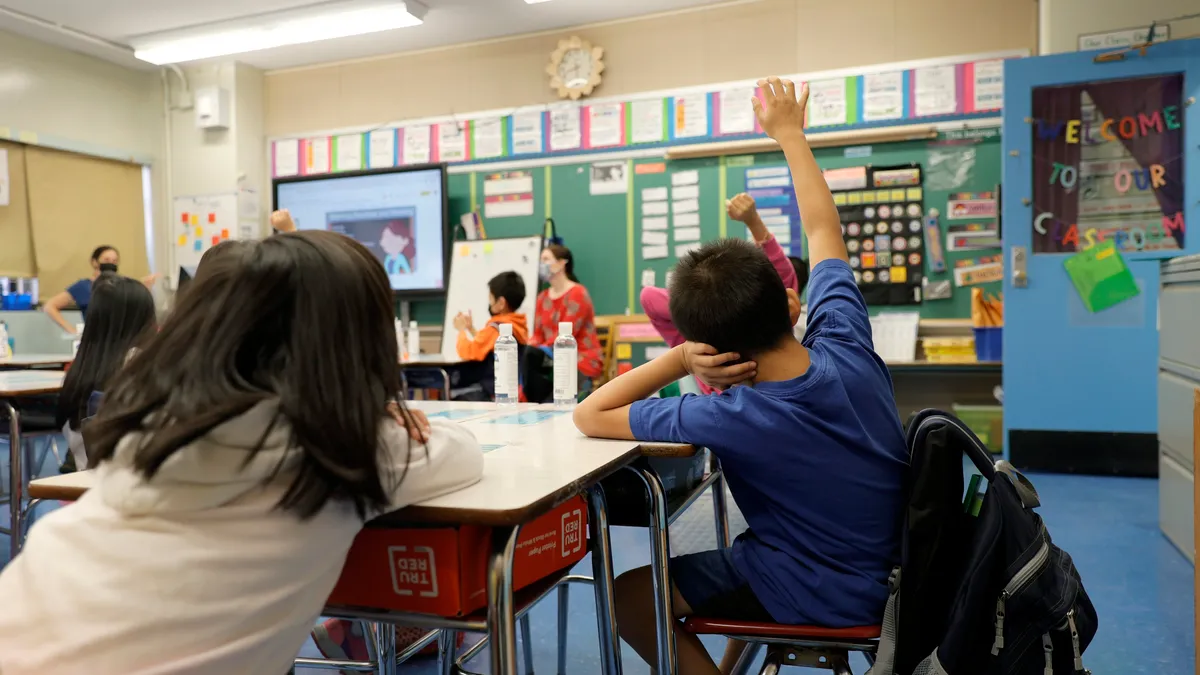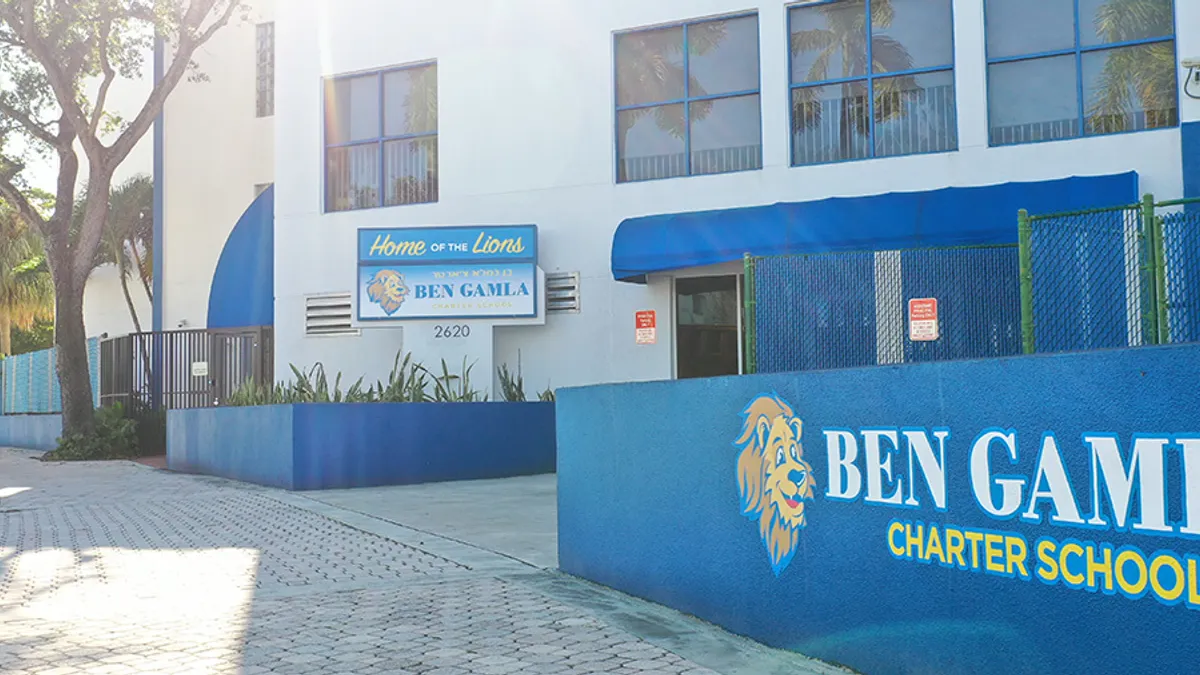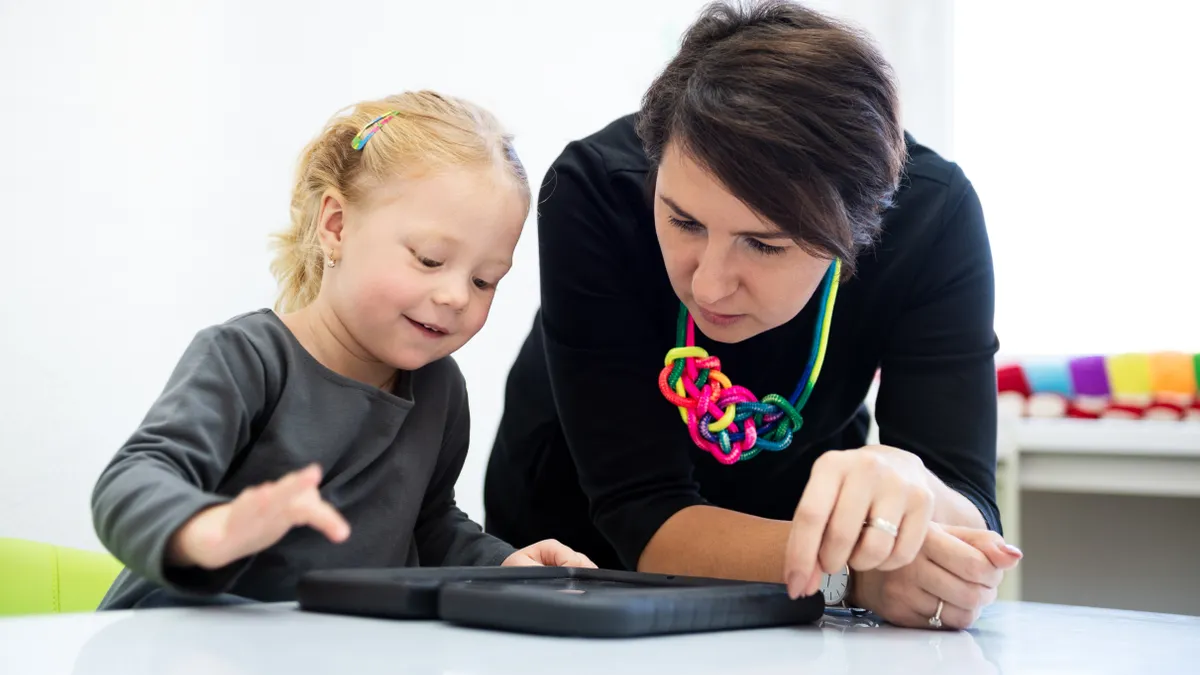Schools have become accustomed to flexing protocols to respond to the rapidly changing pandemic environment, but navigating “long COVID” — persistent and recurring post-COVID conditions experienced for four or more weeks after initial infection — remains uncharted territory.
In July, the White House classified the lingering effects of chronic post-COVID syndrome a disability, which means employers and schools have to provide needed accommodations in compliance with Section 504 and the Individuals with Disabilities Education Act.
Those covered include “students who never had a disability before but may now have a disability under Section 504 because of long COVID,” said Ron Hager, managing attorney for education and employment at National Disability Rights Network. “Children who already receive services under the IDEA may need new, different services, or reasonable modifications that result from long COVID.”
It’s also possible the side effects of long COVID can change the level of support a student needs. Hager uses the example of a student with ADHD. Pre-COVID, extra time or direction provided under Section 504 may have been enough to help the student succeed. If the same individual is diagnosed with long COVID, an evaluation may move the child under IDEA purview.
For schools and families, seeking modifications for this new medical condition — for which symptoms can change within weeks — is challenging. And since long COVID is only a recent phenomenon, it’s difficult to predict how many students are impacted.
"In our network, we have not had people reporting on long COVID yet. We’re focusing more on mask mandates and making up instructional time lost," Hager said. "Schools may not be open enough yet to have a good sense of this."
While much is still unknown, Hager points to one certainty — Section 504 and IDEA accommodations for long COVID must be individualized.
Guidance from the U.S. Department of Education’s Office for Civil Rights “is practical and helpful. Schools need to be aware of it,” Hager said. “Being proactive and recognizing it’s not a one-size-fits-all is the No. 1 issue. “
Understanding long COVID
There is still a lot unknown about ongoing COVID symptoms, as studies vary widely on the rates of long COVID cases even in adults. Findings range from 10% to 80%, according to Julie Walsh-Messinger, an associate psychology professor at the University of Dayton. She believes the actual figure is somewhere between those extremes.
Two European studies are the first to focus on long COVID cases in children. Both have findings pointing to the phenomenon being infrequent in kids. A British study found 4.4% of children with symptoms lingering beyond four weeks and 1.8% lasting two months or more. An Italian study found at least half of the students interviewed had at least one symptom four months after initial infection.
Walsh-Messinger herself experienced lingering brain fog and fatigue after a COVID diagnosis. As she recovered, she heard colleagues sharing stories of strange student experiences — a student would show up to class on the wrong day, or turn in an assignment early while apologizing for being late.
“A resurgence of COVID symptoms following any type of minimal exertion can be hard for educators to see,” said Walsh-Messinger. “There are no guidelines out there yet, but less is more in the beginning. A lot of people with long COVID feel better and push themselves, and it can set them back a few weeks.”
What complicates matters is that a student experiencing long COVID symptoms may not have a COVID diagnosis. Plus, an initial diagnosis may not directly correlate to what the individual is experiencing in the present moment. The Centers for Disease Control and Prevention has compiled a list of long-haul COVID symptoms that extend beyond the typical COVID effects, ranging from brain fog and loss of smell or taste to mood changes, sleep problems, pins-and-needles sensation and more.
“Long COVID is kind of like a silent syndrome. A colleague of mine who studies traumatic brain injury says the lingering effects of COVID are similar to what a student experiences during a concussion. Once the acute stage may be over, lingering effects remain,” said Walsh-Messinger.
Making accommodations
The challenging part to supporting students with long COVID is recognizing that there's no single way of saying “schools will handle long COVID this way,” according to Karen Oosterhous, Trees Network outreach support specialist at Robert Morris University.
Schools will have to individualize instruction to meet the needs of each student, helping them compensate for the effects of long COVID that are unique to them, she added.
“For things like fatigue, students may be exempt from gym or other physically taxing activities. They might be allowed to use the school elevator, or go to the nurse for breaks as needed,” Oosterhous said. “Students who have trouble focusing, another symptom of long COVID, might receive a written copy of the teacher's lecture in advance, making it easier to follow along.”
Breaking down assignments into smaller segments can help, too. For example, if the assignment is to write a paper in two weeks, students who have trouble focusing may be asked to turn in two pages every other day.
Walsh-Messinger has observed students with long COVID in her college courses as struggling with memory and recall. One approach that has worked is recording lectures, which gives them time to process what they are learning.
“Allowing students to record the instruction or having the instructor record has helped them process information in smaller increments,” said Walsh-Messinger.
In rural Idaho, Jeff Dillon, superintendent of Wilder School District, is thankful there have been no reports to date of a student being diagnosed with long COVID. However, he is confident should that occur, it would be simple for the student to receive instructional modifications and support.
A seamless transition could occur because of an approach to instruction instituted before the pandemic.
“We’ve flipped traditional school upside-down,” he said. “We took out grade levels and bell schedules and replaced them with a mastery-based, individualized, student-centered approach that encourages students to articulate what they need.”
In traditional models, all students start “on the same page.” That is not the case in Wilder. In addition to personalized learning, 20% of the day’s activities are focused on executive function skill sets designed to teach students how to manage their time and priorities.
“When COVID hit us, it didn’t impact us because the students picked up and went home and continued their work,” he said. “Since our model is organic, if a student has to be home for a long period of time, we have the flexibility already built in to support them.”




















